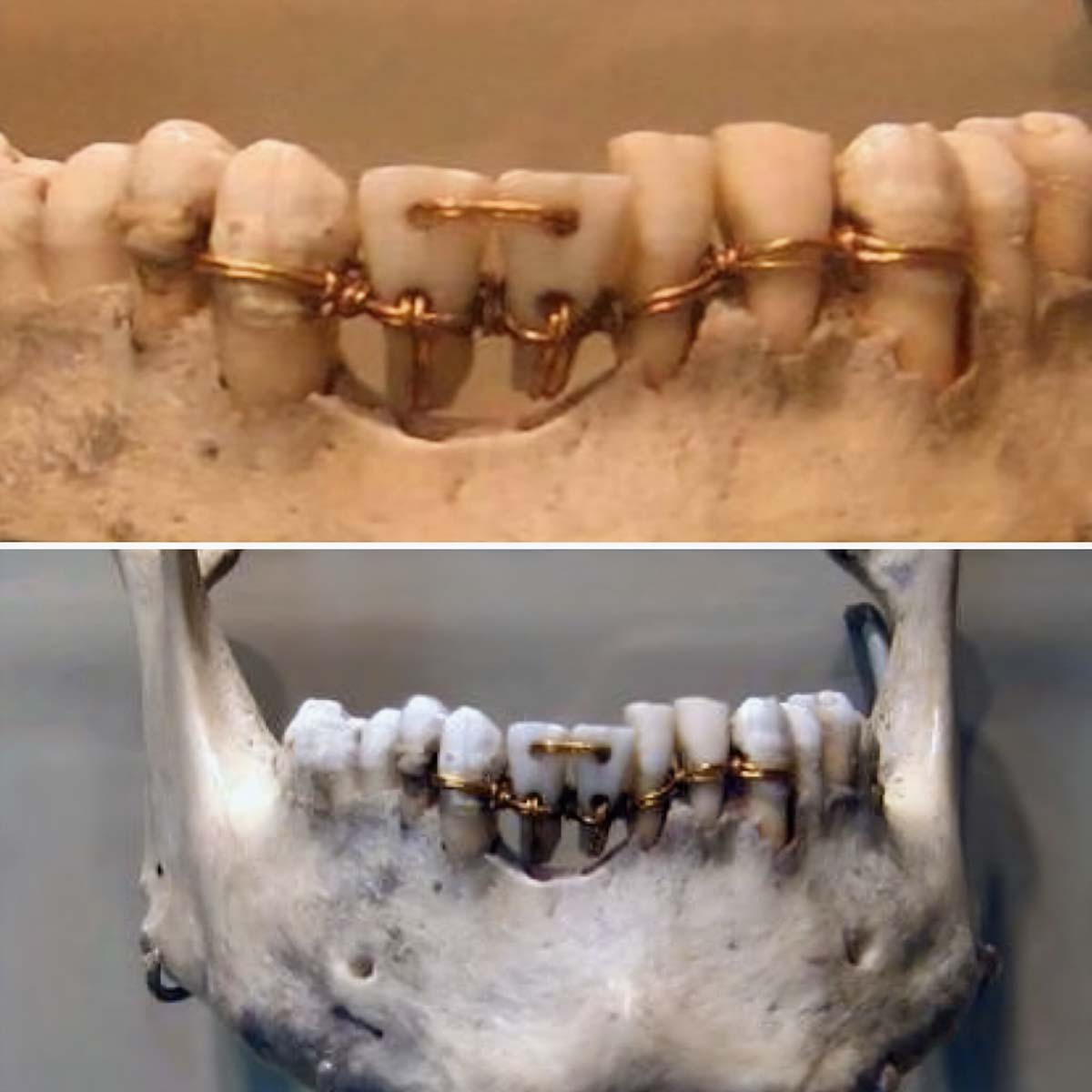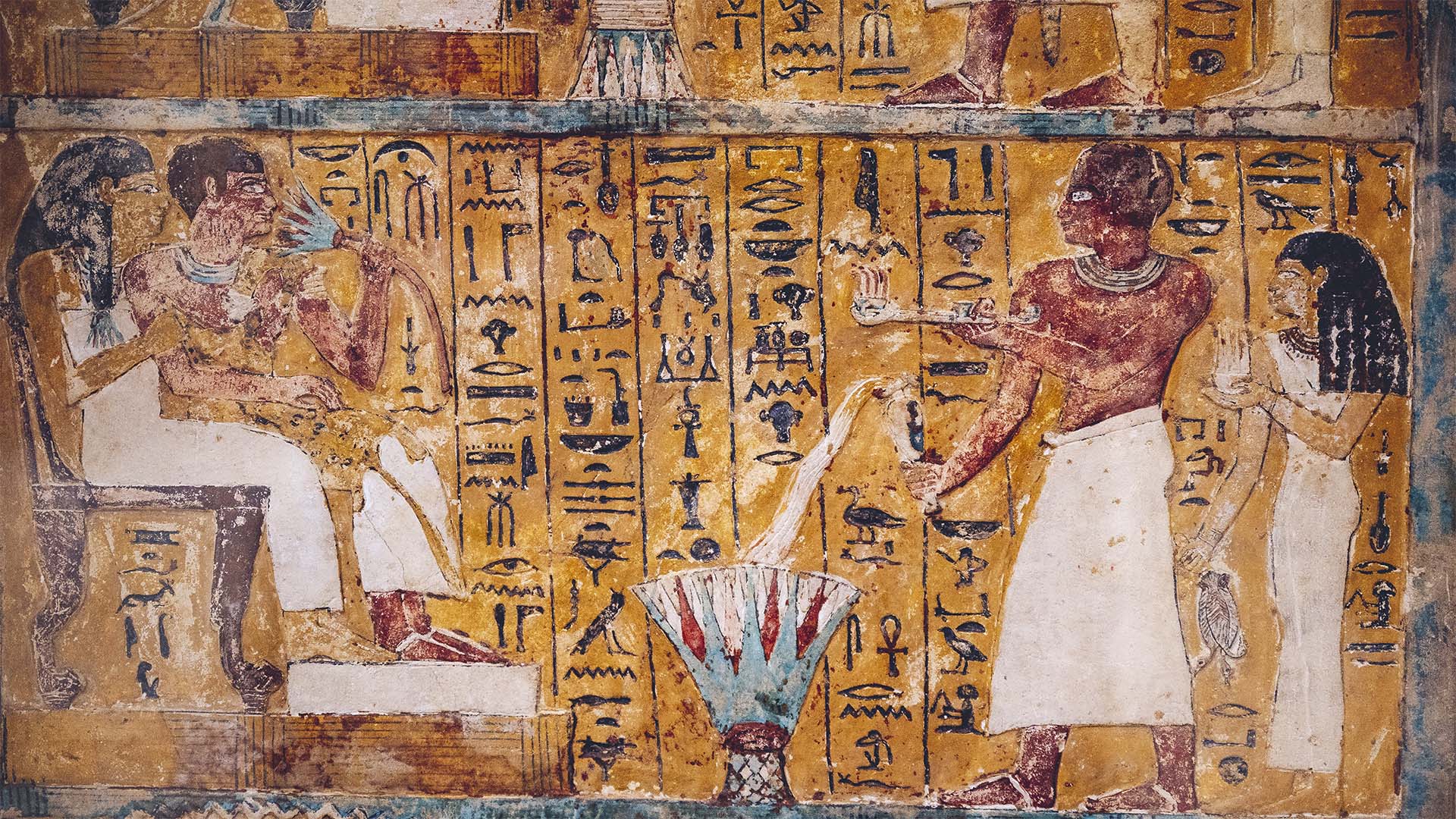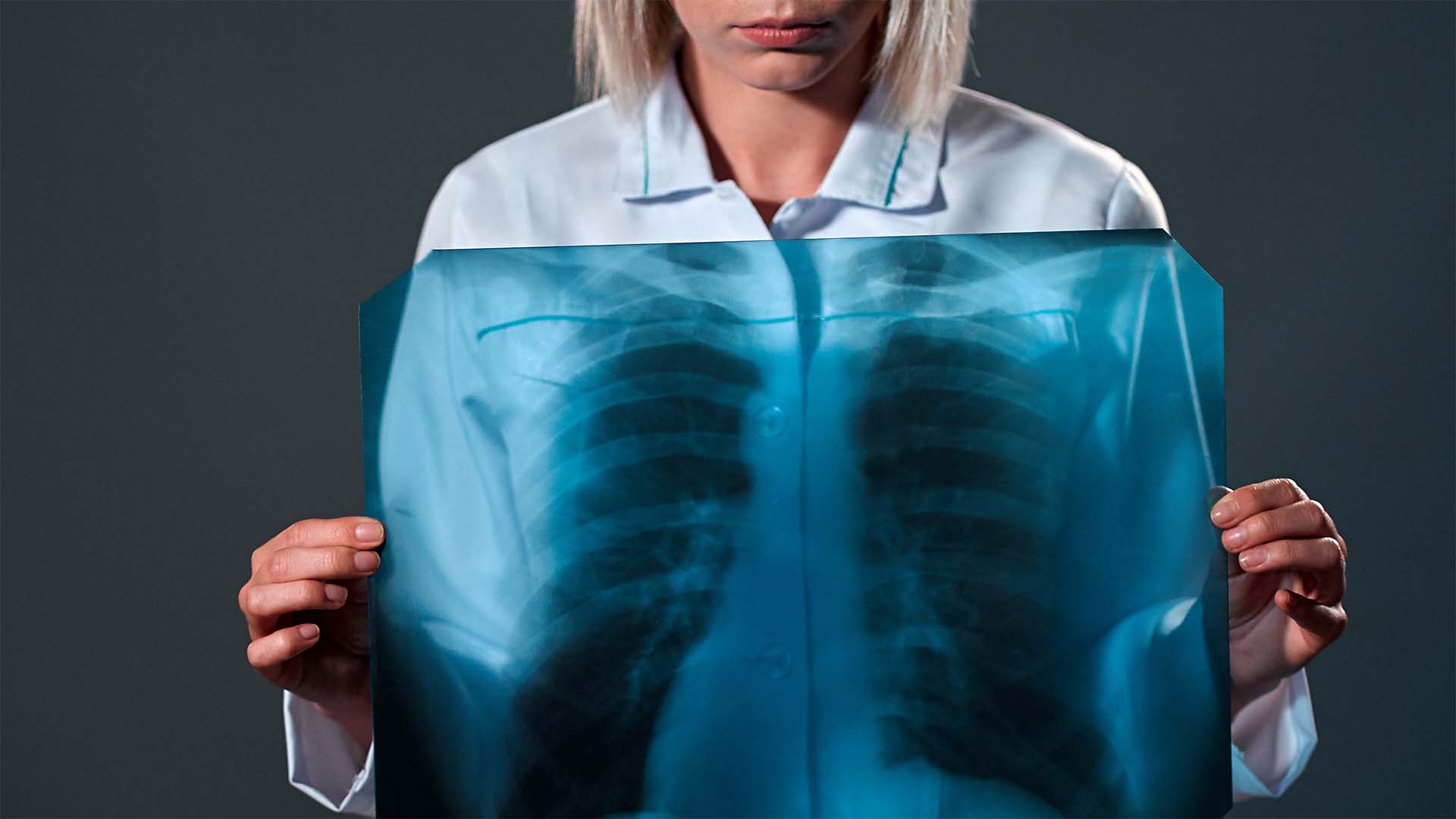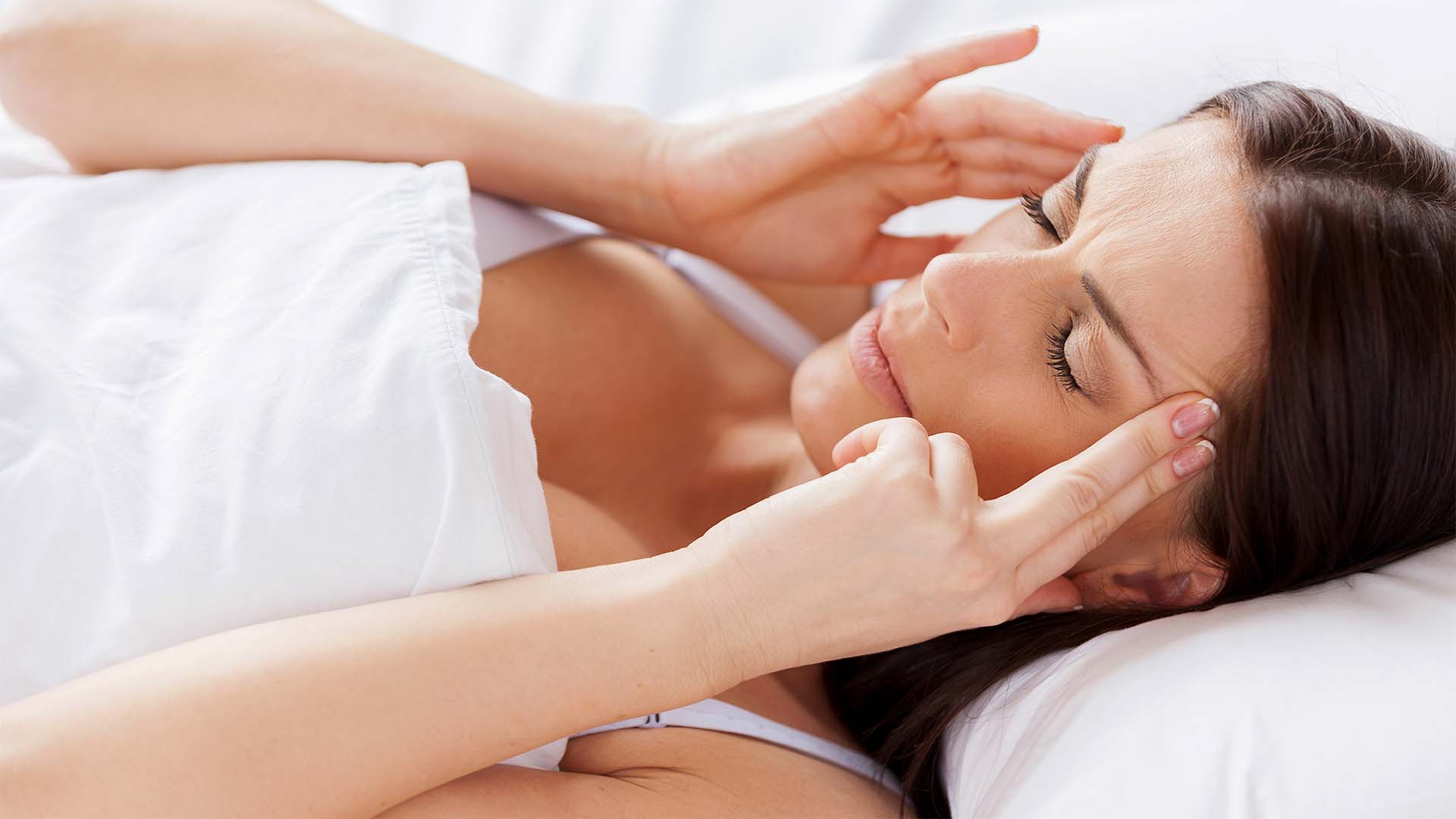Introduction
Imagine yourself living in Ancient Egypt. The scorching sun, hieroglyphs telling stories and… an unbearable toothache. Without modern dentists around, what would you do? The answer may surprise you: the Egyptians had mastered dental techniques long before the invention of anaesthesia or dental floss.
Today, archaeology reveals that some of the Egyptians’ dental practices were incredibly advanced for the time. In fact, some of these approaches are being rediscovered and adapted by modern science. Let’s explore what the ancients knew about oral health and what we can learn from them.
History’s first fillings
The Egyptians already used dental fillings to treat cavities and tooth fractures. The Ebers Papyrus (dating from around 1550 BC), one of the oldest known medical treatises, although controversial, describes mixtures of plant resins and minerals such as malachite to treat dental problems. Studies published in the Journal of Archaeological Science indicate that these substances had antibacterial properties, which explains their effectiveness.
Forensic analyses carried out on Egyptian mummies also revealed the presence of plant fibres between the teeth, suggesting that they used a rudimentary method similar to modern dental floss (David & Tapp, 1997).
The First Treatment for Periodontal Diseases
Do you think the Egyptians already suffered from gingivitis? The Edwin Smith Papyrus, an Egyptian medical text from the 17th century BC, describes treatments for gum inflammation that involved mixtures based on myrrh and wine. Modern studies, such as those published in the Journal of Ethnopharmacology, prove that myrrh has anti-inflammatory and antibacterial properties and is still used today in some mouthwashes.
In addition, the Egyptians chewed parsley leaves to freshen their breath, a practice that predates the use of natural agents in oral hygiene (Nunn, 2002).
Dental Implants in Ancient Egypt?
It seems impossible, but the Egyptians were already trying to replace lost teeth. The study by Zaki et al. (2014) analysed Egyptian skulls and found traces of artificial teeth made from ivory, bone and even human teeth taken from other individuals. This primitive practice anticipates modern implantology, which today uses titanium to replace natural structures.
The researchers suggest that these techniques were reserved for individuals of high social status, indicating that dental aesthetics were already valued thousands of years ago.

‘Toothpaste’ Made from Pumice and Eggs
The Egyptians were concerned with cleaning their teeth and developed the first known version of toothpaste. According to Brier & Wade (1997), analyses of ancient medical texts reveal that the recipe included ground eggshell, pumice stone, walnut shell ash and myrrh.
Although it may seem rudimentary, some of these substances are still used in modern dentistry to polish teeth and remove stains. Studies in the field of biochemistry have shown that natural abrasive compounds were effective in removing plaque without causing excessive wear to the enamel.
Dental ‘Surgeries’ and Pain Relief
Egyptian medical texts mention procedures that involved opening dental abscesses to relieve pain. Although primitive, this method is similar to the drainage of infections that dentists perform today.
For pain relief, they used natural opiates derived from the poppy and infusions with analgesic herbs such as aloe vera. The Ebers Papyrus mentions the use of opium as an analgesic, a practice that preceded modern local anaesthetics (Bardinet, 1995).
Conclusion
Egyptian dentistry was much more advanced than you might think. Some of the techniques used thousands of years ago have been rediscovered and perfected by modern science. From the first dental implants to natural mouthwashes, the Egyptians were pioneers in caring for teeth.
So if one day you think that looking after your teeth is too much work, remember: the Egyptians were already concerned about this over 3,000 years ago – without electric drills or anaesthetic!
Scientific references
- Bardinet, T. (1995). Les papyrus médicaux de l’Égypte pharaonique. Paris: Fayard.
- Brier, B., & Wade, R. (1997). Ancient Egyptian Magic. New York: M. Evans & Co.
- David, A. R., & Tapp, E. (1997). The Mummy’s Tale: The Scientific and Medical Investigation of Natron Mummies. London: British Museum Press.
- Nunn, J. F. (2002). Ancient Egyptian Medicine. University of Oklahoma Press.
- Zaki, S. A., et al. (2014). Evidence of Ancient Egyptian Dentistry: A Study on Dental Remains from Archaeological Sites. Journal of Archaeological Science, 48, 312-319.



